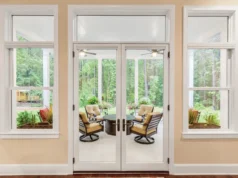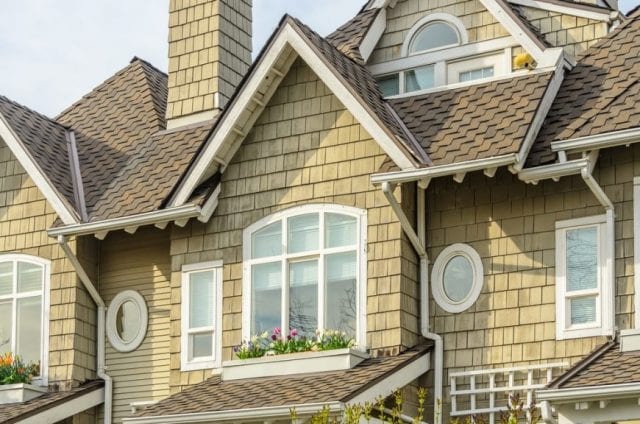
Most features of your home will play a role in both function and aesthetics, and siding is no exception. The type you choose for your home will determine how well your home is protected from the elements and which threats could jeopardize the integrity of the structure. It will also determine how your home looks from the outside.
When it comes time to replace your siding, you’ll need to make an informed decision, balancing form, function, and costs as best you can. So how exactly should you approach this decision?
Types of Siding to Choose From
Let’s start by covering the main types you can choose from.
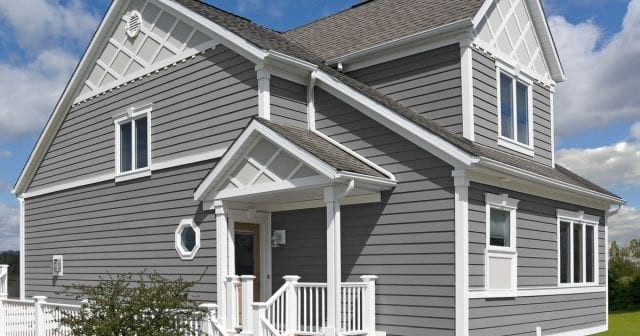
- Vinyl. One of the most common types of modern siding is vinyl, a sturdy plastic material that’s been available for 60 years. It offers many different colors and textures, giving homeowners lots of aesthetic options, and is relatively cheap and easy to install. The downside is its quality; vinyl isn’t as durable or as protective as other forms and isn’t very energy efficient.
- Wood. Many homeowners love the idea of wood siding because of the way it looks. It’s fairly versatile and can be stained or painted in almost any way. However, it also tends to be quite expensive and is vulnerable to fires, insects, and rot.
- James Hardie (fiber-cement). One of the newer types is James Hardie, the most popular brand of fiber-cement. This type is a mixture of cement, sand, and cellulose, which forms a sturdy, yet versatile material that is resistant to most threats, environmentally friendly, and highly energy efficient. Though it’s more expensive than vinyl, it’s relatively inexpensive and offers a wide range of benefits. You can check out LakeSideExteriors.com to learn more about James Hardie.
- Stone and brick. Stone and brick siding options offer a timeless look and are both highly durable and resistant to natural threats. However, they can be extremely difficult (and therefore costly) to install, and aren’t as versatile or flexible as some of the other options on this list.
There isn’t a right or wrong choice—it all depends on your goals and priorities.
When Should You Replace Your Siding?
If you already own a home, chances are you have it already installed. So how can you tell when it’s time to replace what you already have?
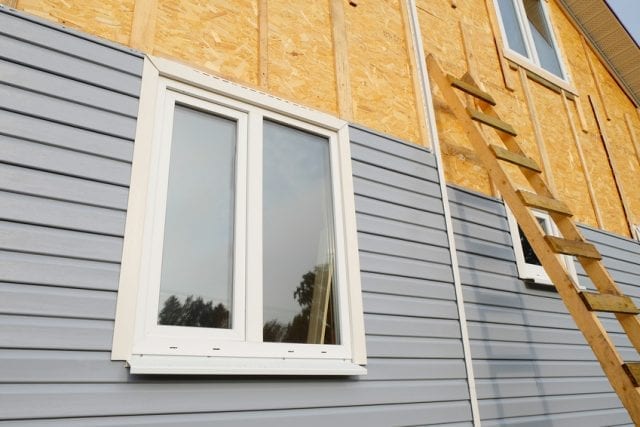
- Signs of rot. Rot can spread quickly and is hard to reverse or mitigate, so if you notice your vinyl or wood siding starting to rot away, it may be time to consider replacing all of it.
- Major holes and cracks. When you notice a small crack or a hole in your siding, you can probably live with it. When the crack starts to spread or if the hole gets bigger, you may be able to repair it as a quick fix. But if there are multiple holes and cracks in it, or if those points of damage are extreme, your only realistic option may be to replace it entirely.
- Insect infestations. There are many types of pests that could compromise the integrity of your siding, including termites (especially in wood) or carpenter ants. If you catch these infestations as they begin to form, you might be able to get rid of them with the help of an exterminator, before they cause any damage. More commonly, you won’t notice them until it’s too late when they’ve already caused the damage. If it is too far gone, it will need replacing.
- Disastrous damage. Depending on what type you have, there are many disasters, weather conditions, and other problems that can render your siding necessary to replace. For example, if your home catches fire, it could be practically ruined. Mold can sometimes be controlled if caught early in its development, but in many cases, it warrants a full replacement.
- Property appeal. You also don’t need a purely functional reason to upgrade or replace your siding. Sometimes, you’ll want to replace it simply because you want your home to look more appealing. You might be tired of cleaning it all the time and desire a fresh start. You might be planning to put your home on the market, and desire a higher curb appeal. Investing in new siding can make you happier with your home overall, and add to your home’s value at the same time, so it’s worth considering even when there isn’t damage.
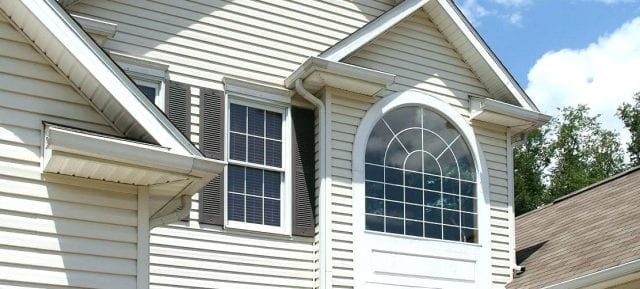
Pay close attention to the condition and appeal of your home’s siding, and start shopping for a replacement option before it becomes urgently necessary. Take your time making a decision, since there are many variables to consider, and talk to an expert if you aren’t sure what will serve your home better.

